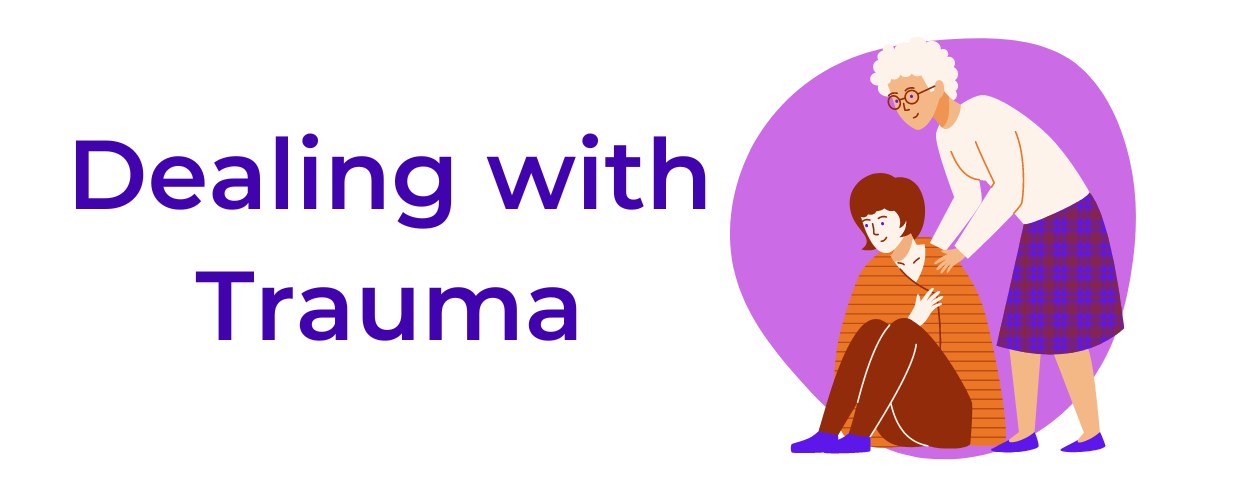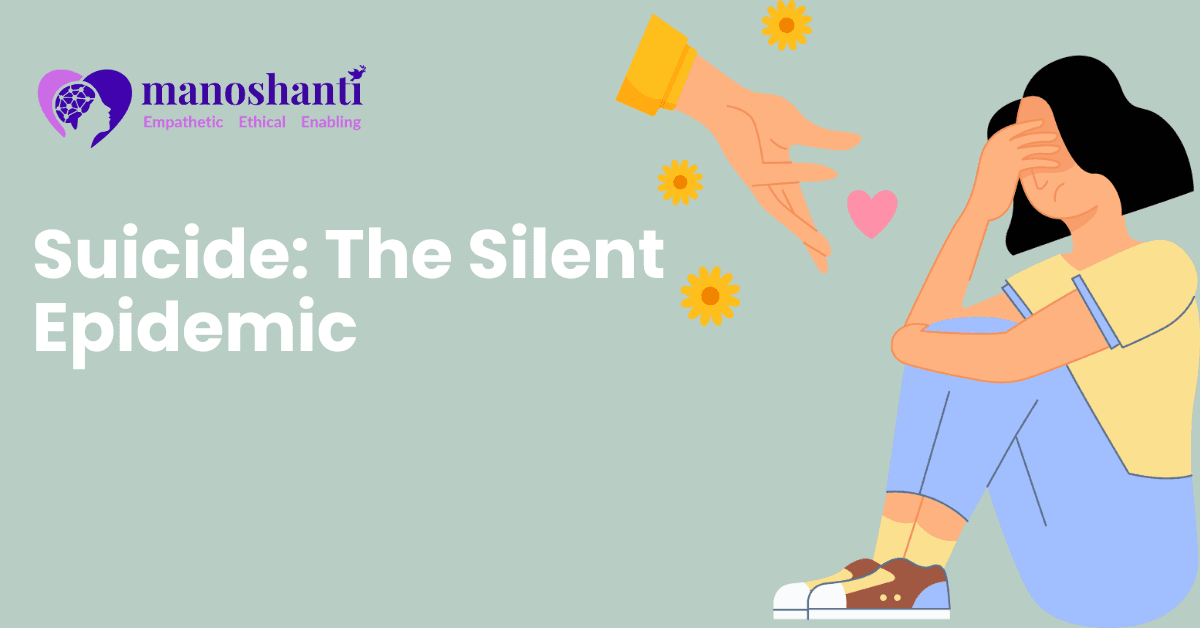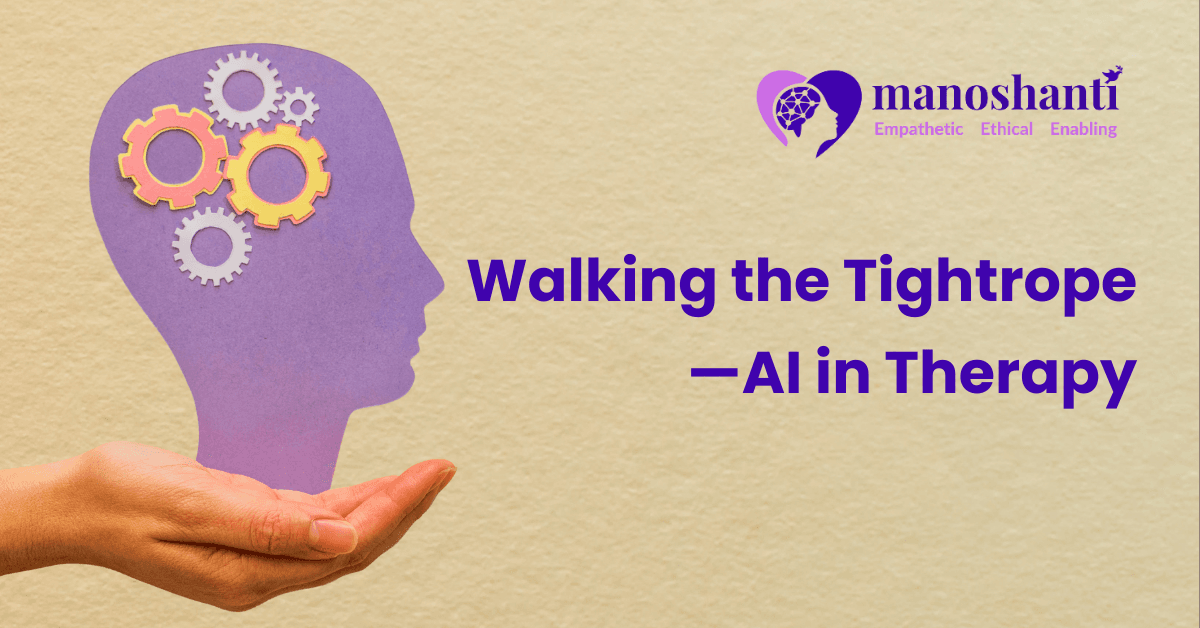Trauma is an emotional response to a terrible event, which could be an emotionally or physically harmful and potentially life-threatening event. It affects the mental, physical, and/or social well-being of the person. Most people experience trauma in some form during their life. Examples of traumatic experiences include witnessing first hand or seeing the effects of : natural disasters, serious accidents, terror attacks, war, sexual assault, physical abuse, intimate partner violence, bulling, or acute illnesses. People usually start recovering within a few weeks,-however, if the ill-effects persist, it could be indicative of PTSD.
What is PTSD?
PTSD or Post Traumatic Stress Disorder is a mental health condition, first described in the war veterans who returned from the Vietnam War and World War II. It was called shell shock or combat fugue. The prevalence of PTSD in India is about 0.2%. There are three core symptoms of this condition.
- Re-experiencing : Vivid intrusive memories, experiences or overwhelming feelings which makes the person experience the traumatic event as though it was happening again in the present.
- Avoidance : deliberate avoidance of reminders of the traumatic event – internal avoidance of the memories and thoughts, or external avoidance of people and places.
- Hyperarousal : persistent heightened perception of the threat causing people to be overly alert of themselves and loved ones, increased heartbeat and breathing in situations that seem threatening.
- Other symptoms include horror, shame or guilt about the event, memory loss of important aspects of the event, feeling low and dull, detachment from others, uncontrollable anger and emotional outbursts, sleep and appetite loss, reckless behaviour, and thoughts of self-harm.
- Impairment in various areas of functioning like at work, in school, interpersonal relationships, social isolation and self-care.
What causes PTSD?
Not everyone who faces a traumatic incident develops PTSD. Though there is no way to predict who will develop PTSD, there are certain risk factors including :
- Intense and prolonged trauma exposure, multiple exposures, and childhood history of traumatic events
- Lack of social support
- People with anxious and introverted temperament
- Presence of underlying mental health conditions and substance use problems
- Disturbance of the normal fear/arousal regulating and learning circuits in the brain (amygdala-hippocampal-pre frontal cortex circuit)
- Neurotransmitter imbalance : low cortisol, high adrenaline, low GABA and impaired glutamate and dopamine transmission
- Genetic factors (about 30-40% risk)
Can PTSD be prevented ?
Everyone experiences trauma differently and people do not even respond similarly to the same trauma. Though there is no proven method to prevent PTSD, there are certain steps which could help cope with the trauma better, diminish the suffering on top of the pain and reduce subsequent chances of PTSD. These are ‘protective factors’ and they include :
- Disclosing trauma to people one loves and trusts.
- Seeking help and support from friends and family
- Identifying as a survivor rather than a victim
- Finding positive emotions and thoughts to hold onto
- Holding onto hope and belief of a better tomorrow
- Joining support groups – to share a sense of belonging.
- Helping others through their challenging time and experience
How can mental health professionals help?
- Individual Therapy : Evidence based Trauma-focused Cognitive Behavioural therapy (CBT) helps to deal with painful negative emotions and self-defeating cognitions; Prolonged Exposure Therapy (PET) aims to help with coping and gaining control over the fearful situation; Eye Movement Desensitization and Reprocessing (EMDR) aids with reprocessing the traumatic memory to be experienced in a more acceptable way.
- Group Therapy : Encouraging survivors of similar traumatic experiences to share their emotions and reactions in a safe, non-judgemental, and comfortable zone. Helping others goes a long way in recovery from trauma.
- Medications : Antidepressant and Antianxiety medications have proven to be effective in managing the symptoms of PTSD as well as co-occurring depression and anxiety in survivors. Benzodiazepines are usually not advised in management of PTSD.
- Alternate therapies : Virtual Reality Therapy, Acupuncture, Yoga therapy and animal-assisted therapy has also been shown to have favourable effect.
CONCLUSION
Dealing with trauma and its consequences can be an isolating experience. Vulnerability is in fact a strength, and no one should through this alone. Understanding that one is suffering is the first step towards recovery. Reach out and help those who are struggling to access healthcare providers for support and guidance about management of trauma.





